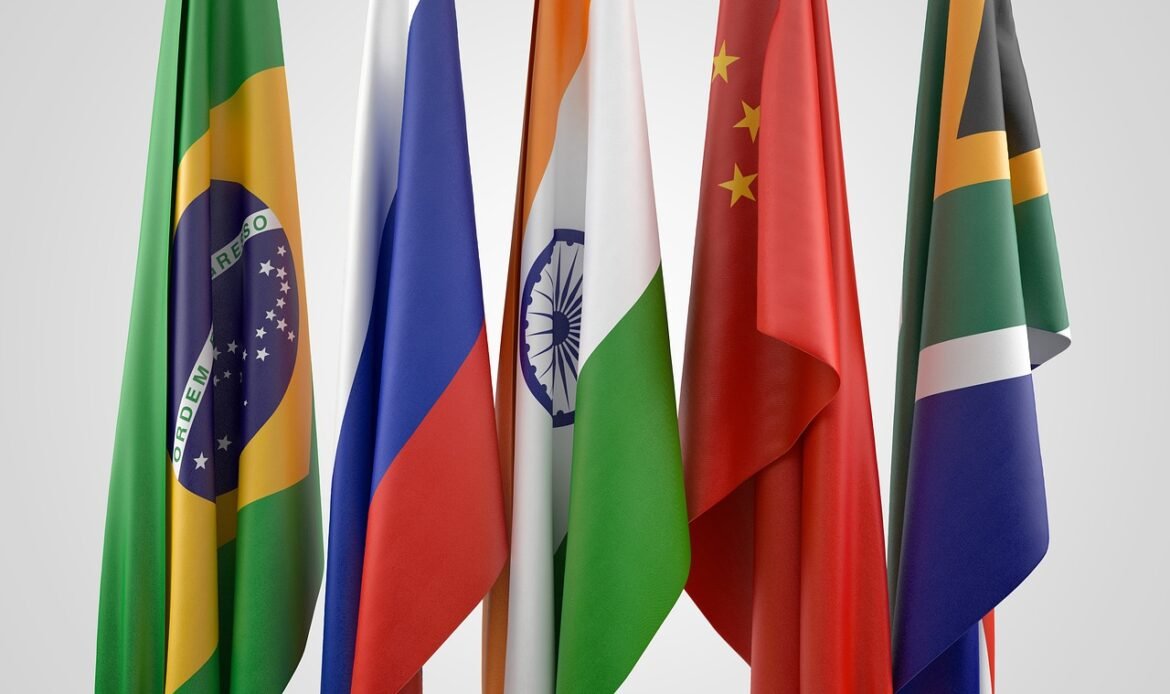The BRICS countries outperformed for the first time the seven most advanced powers in the world, with BRICS providing 31.5% of global GDP, compared to 30.7% for the seven most advanced powers.
This came according to what was reported by the newspaper “Le Journal du Dimanche”, and the newspaper’s columnist Michael Block said that this conciliation, along with the demographic superiority of the “BRICS” group, refuted the myths about developing countries and proved the emergence of an advanced power over the United States.
According to the British consulting firm Acorn Macro Consulting, the BRICS group currently has more economic weight than the seven most industrially developed countries in the world, the “Group of Seven”.
The journalist stated that the “BRICS” group provides 31.5 percent of the world’s gross domestic product, compared to 30.7 percent for the Group of Seven.
Le Journal de dimanche indicated that the upward trend of the BRICS group (Russia, Brazil, India, China and South Africa) will continue, especially at the expense of the Indian and Chinese markets.
The “BRICS” group is ahead of the G7 countries, not only in economic terms, but also in the demographic aspect, as 800 million people live in the G7 countries, compared to 3.2 billion in the “BRICS” countries.
The “BRICS” bloc includes Russia, Brazil, India, China and South Africa. In 2006, Russia, Brazil, India and China established the “BRICS” group, which after South Africa’s accession to it in 2011 turned into “BRICS”.
Member states link banking and monetary agreements to exchange currencies and increase trade in local currencies to reduce dependence on the dollar.
This article was originally published by RT.



